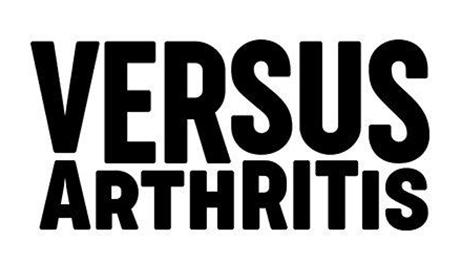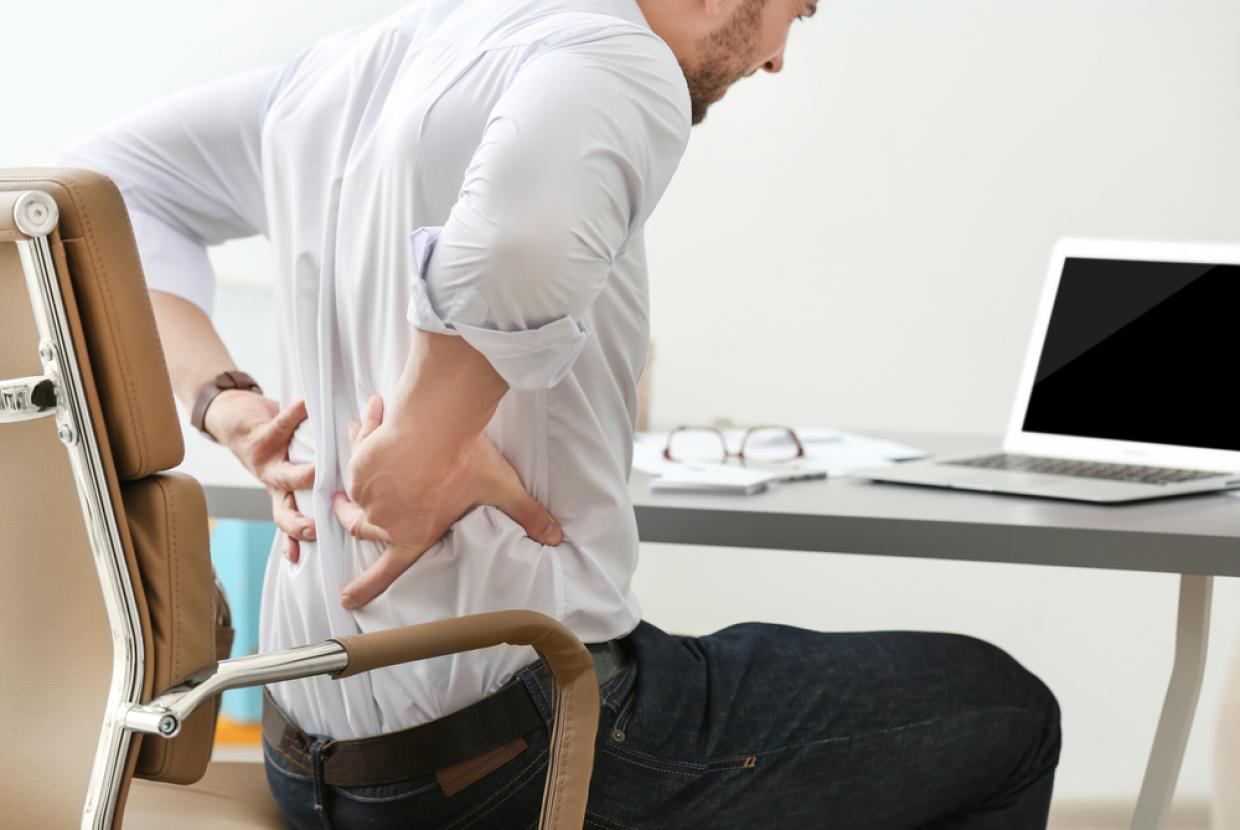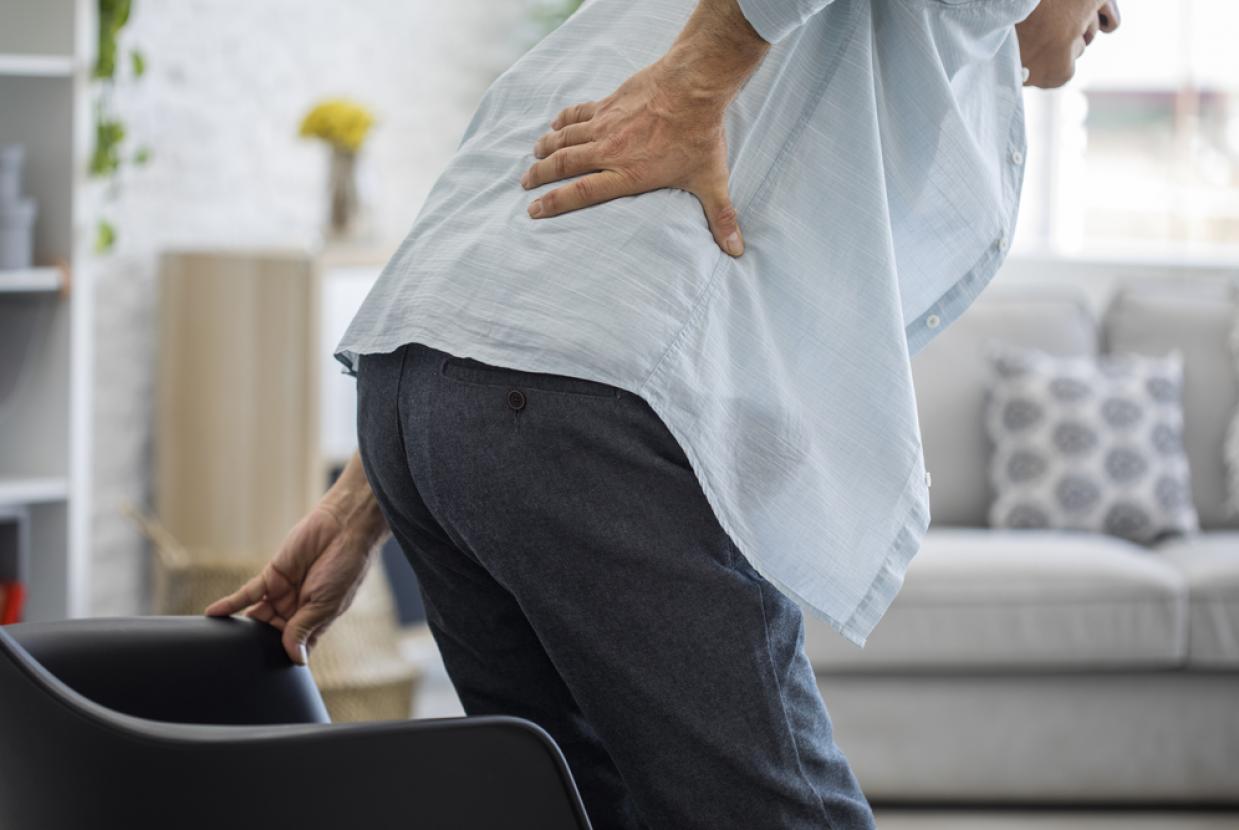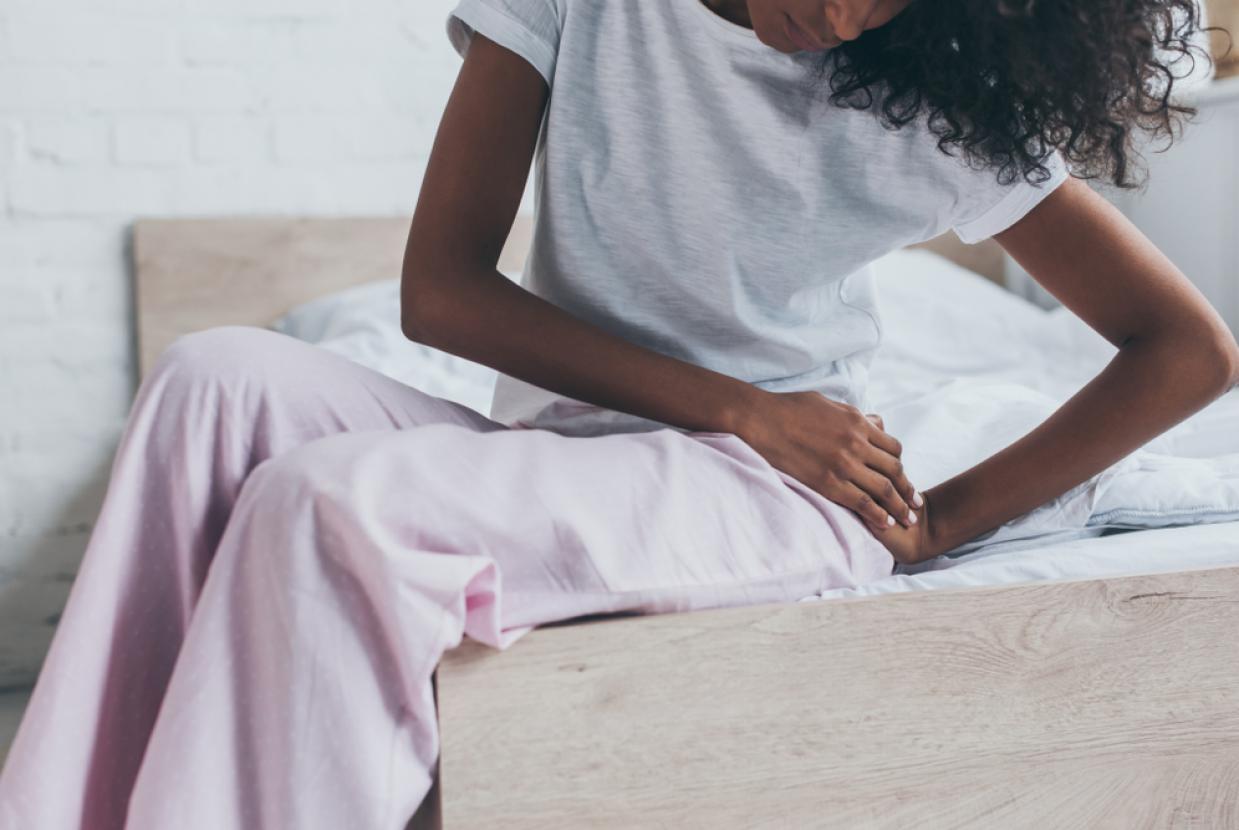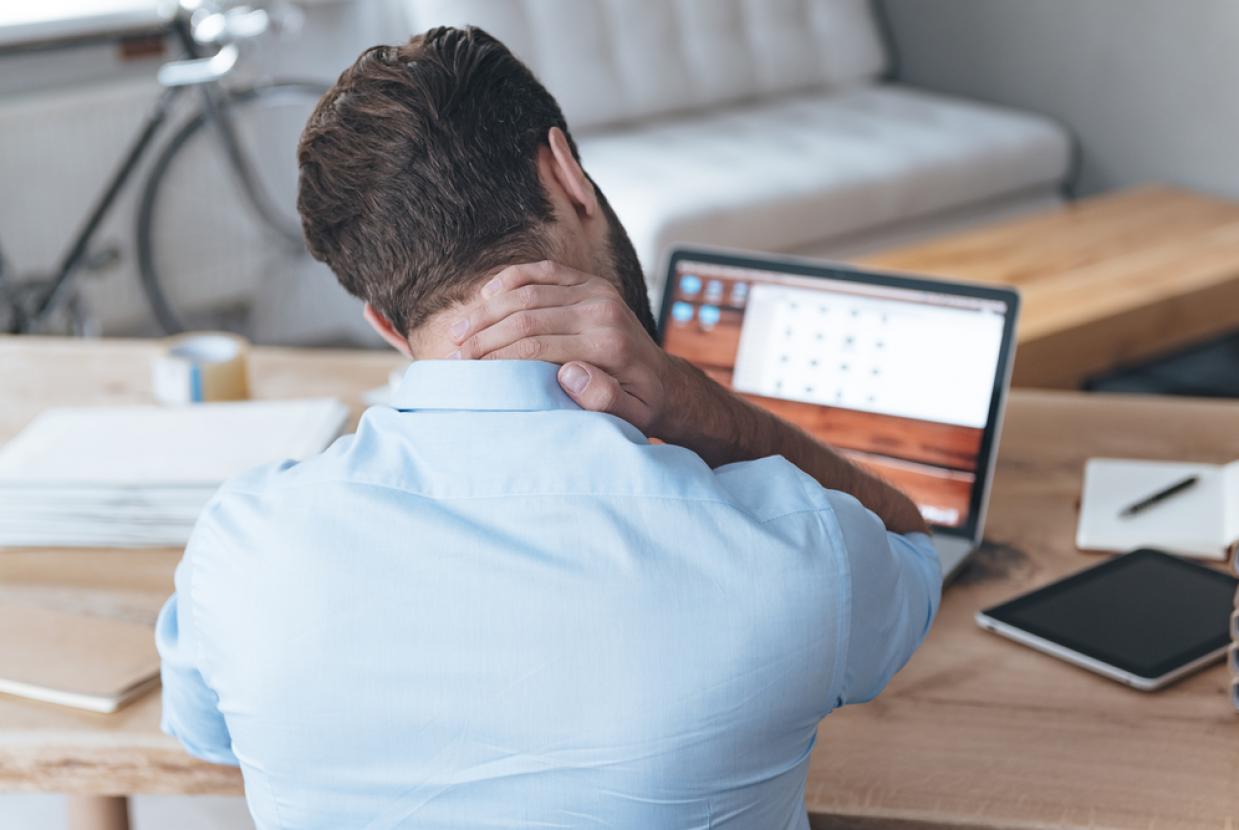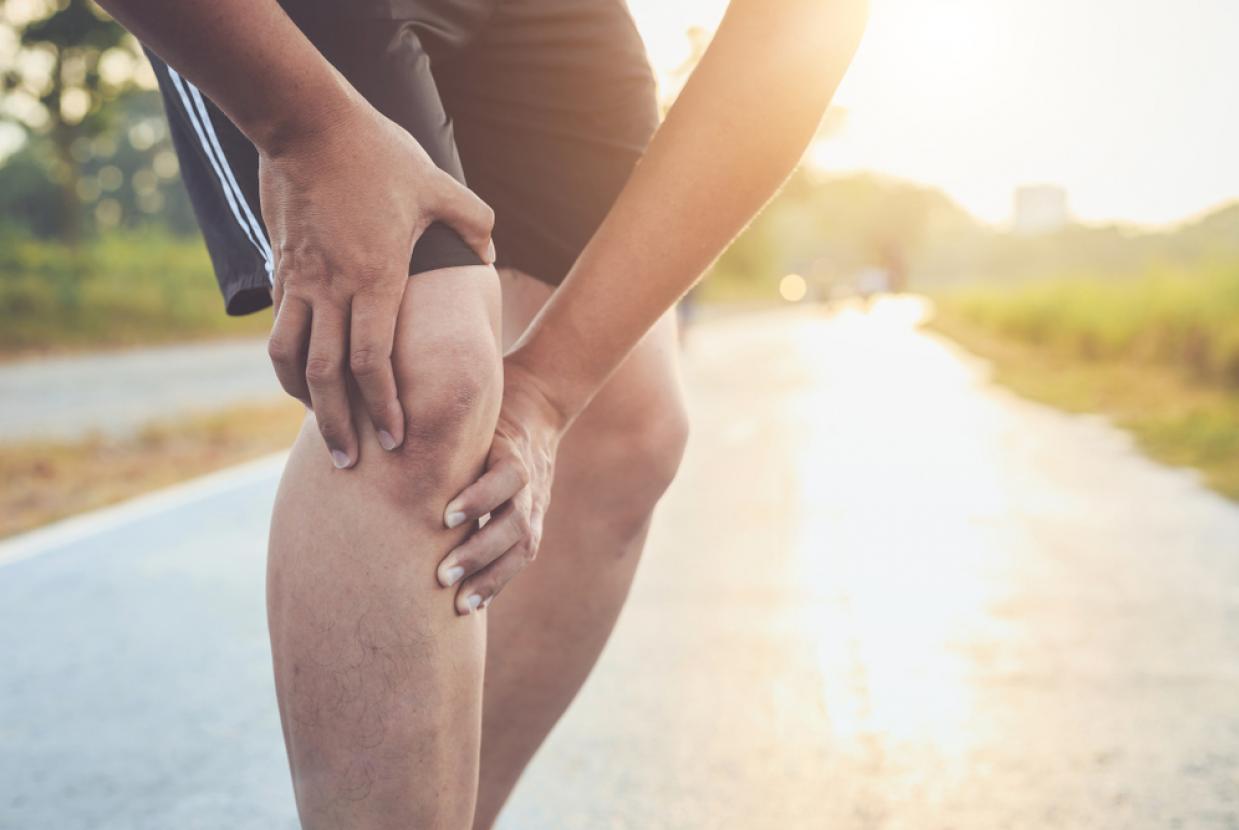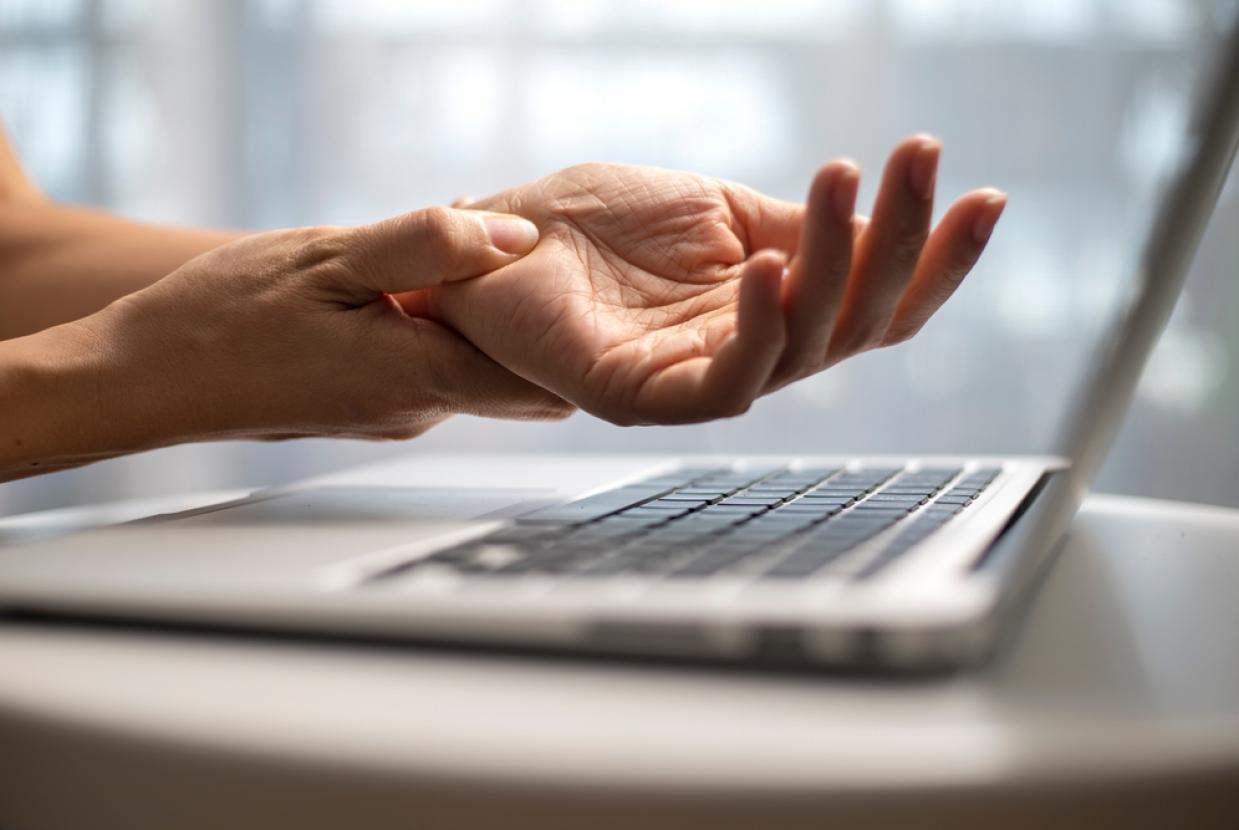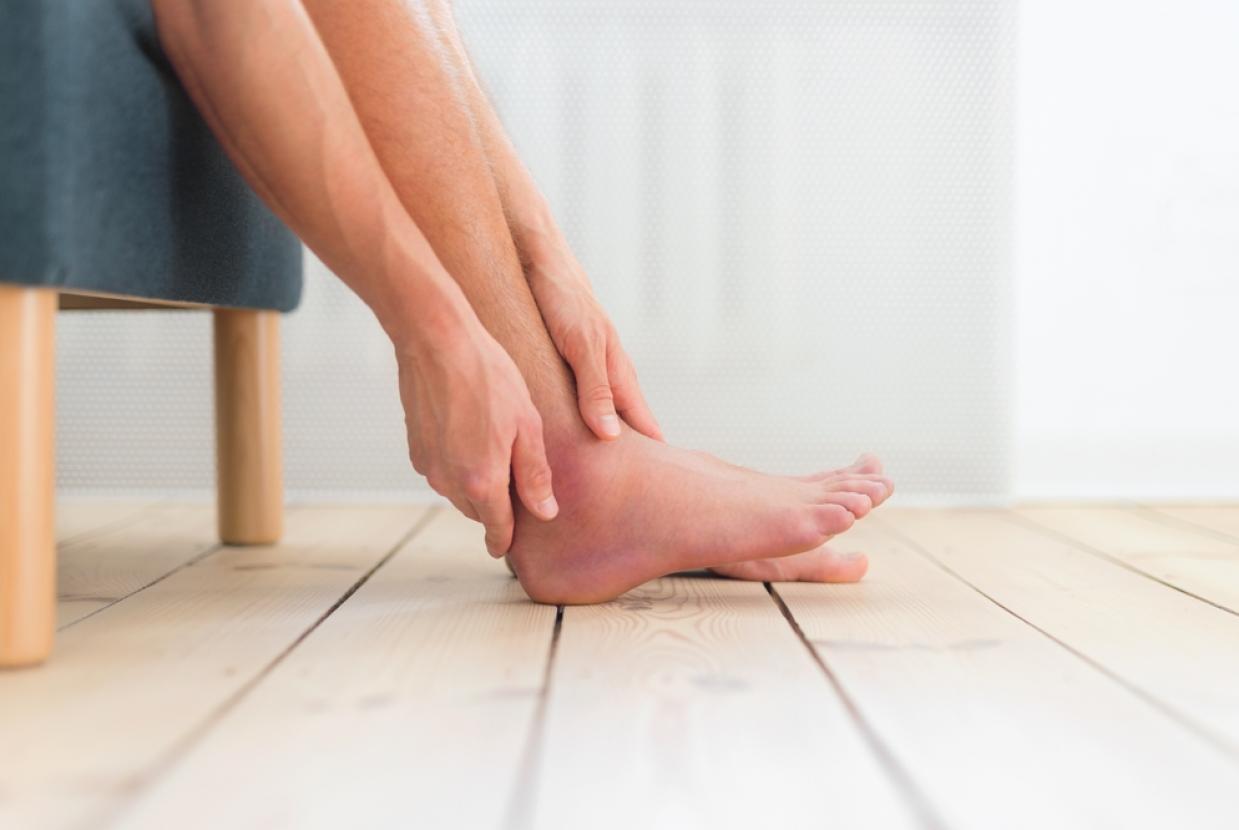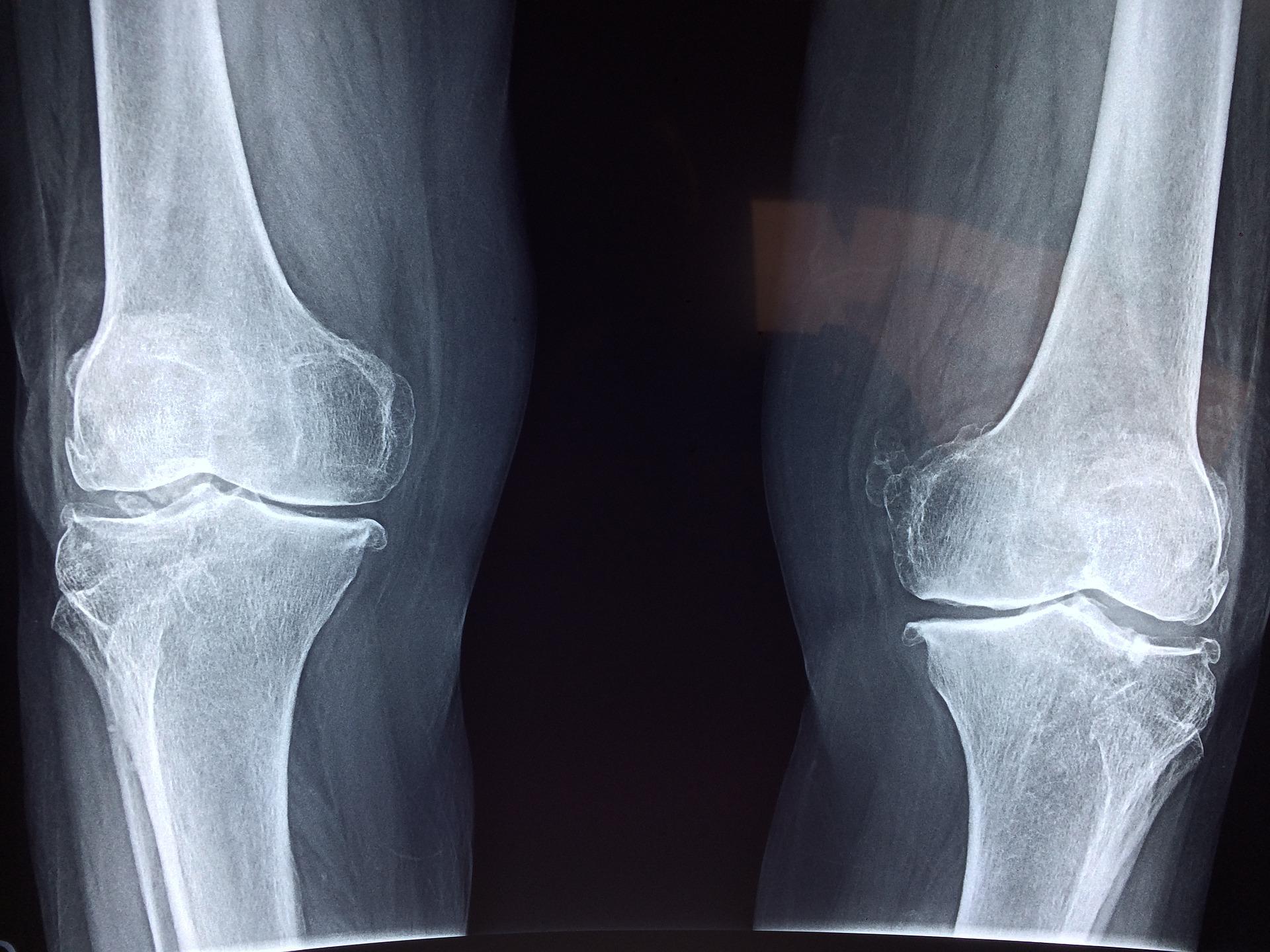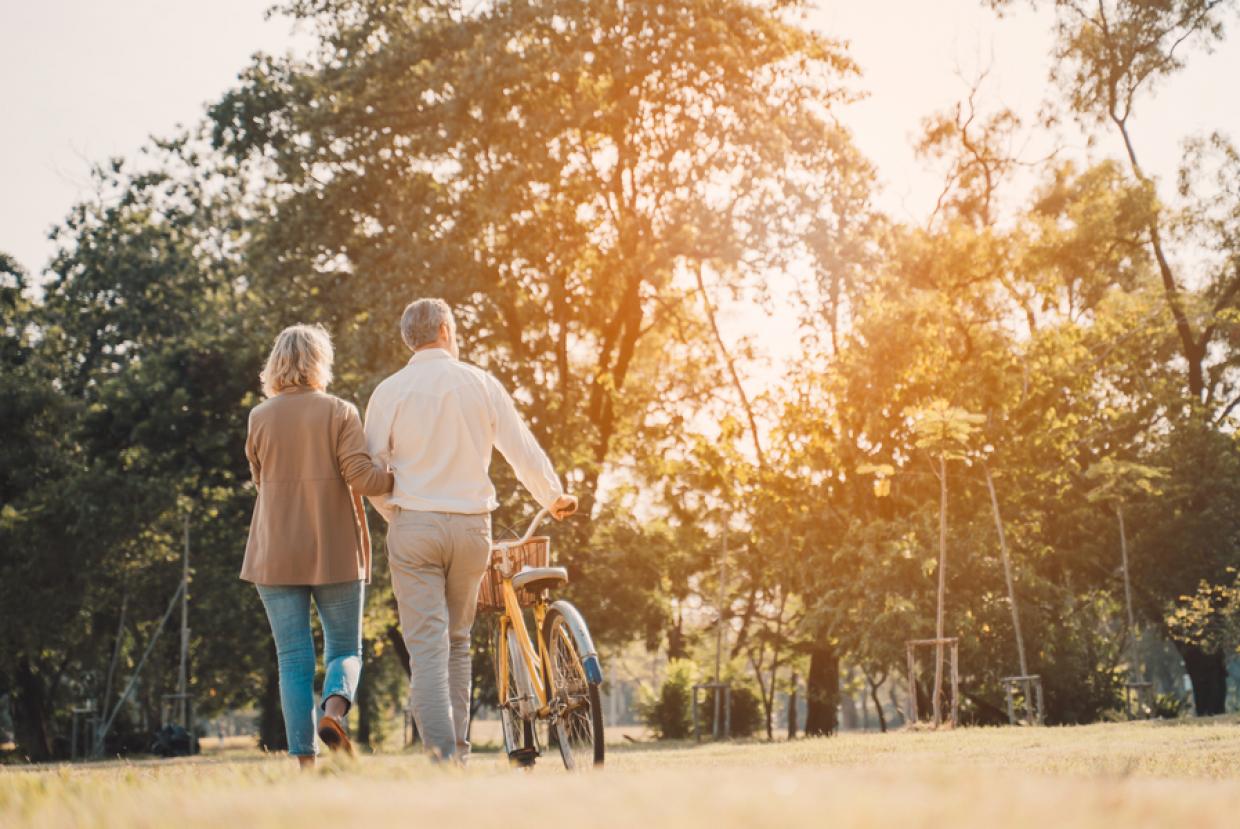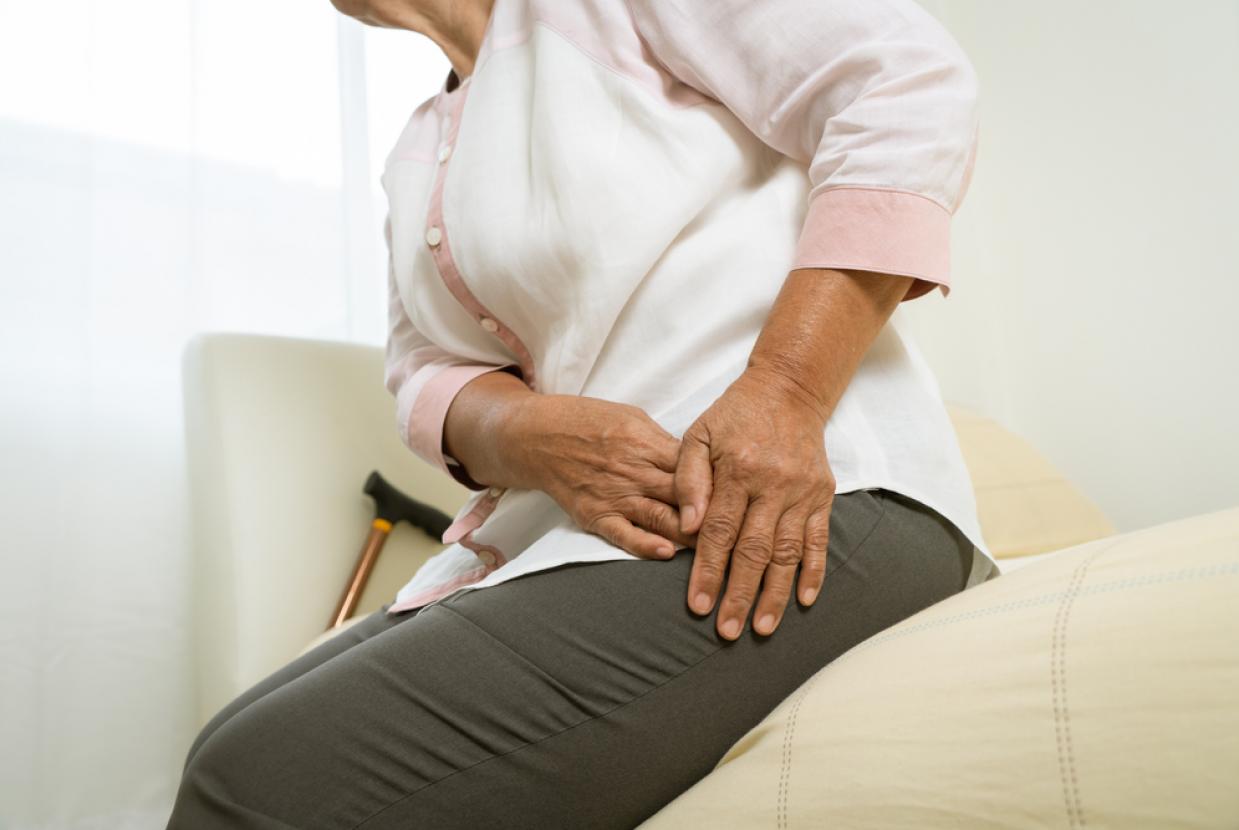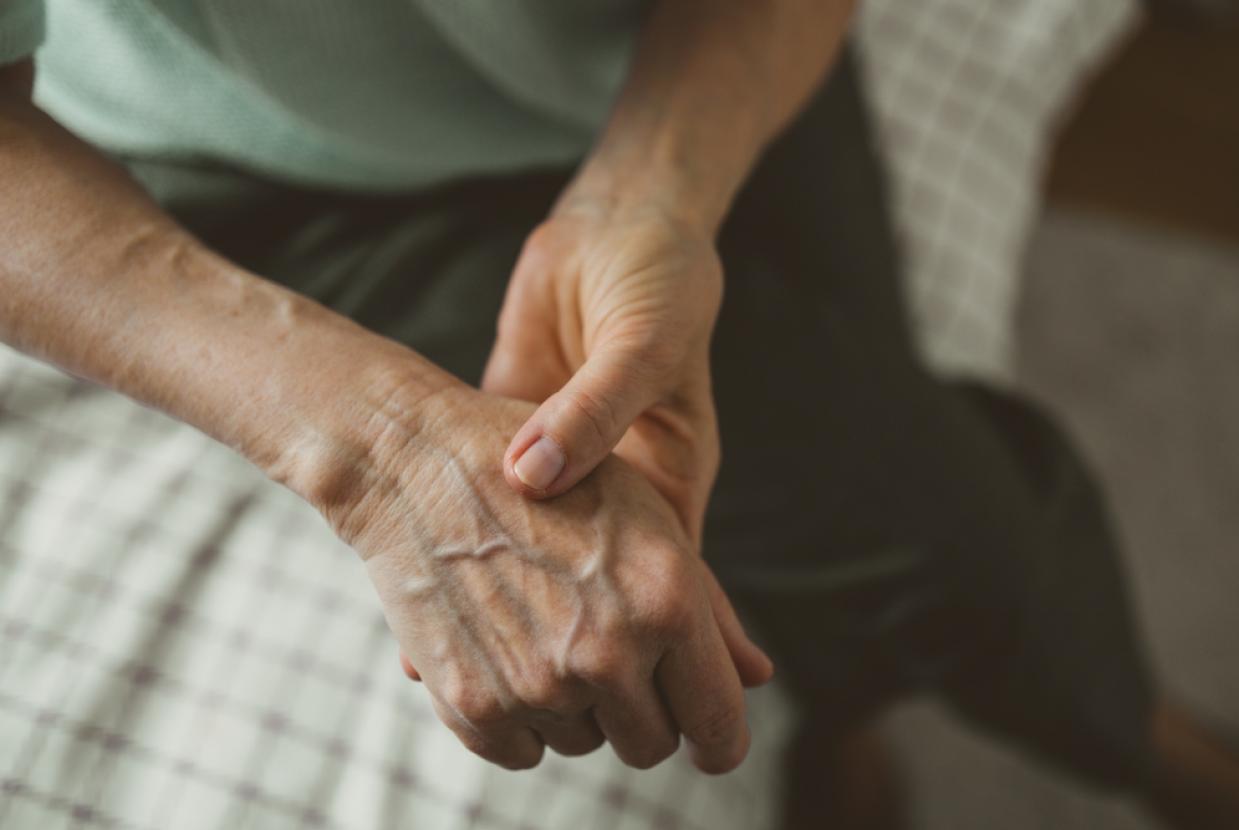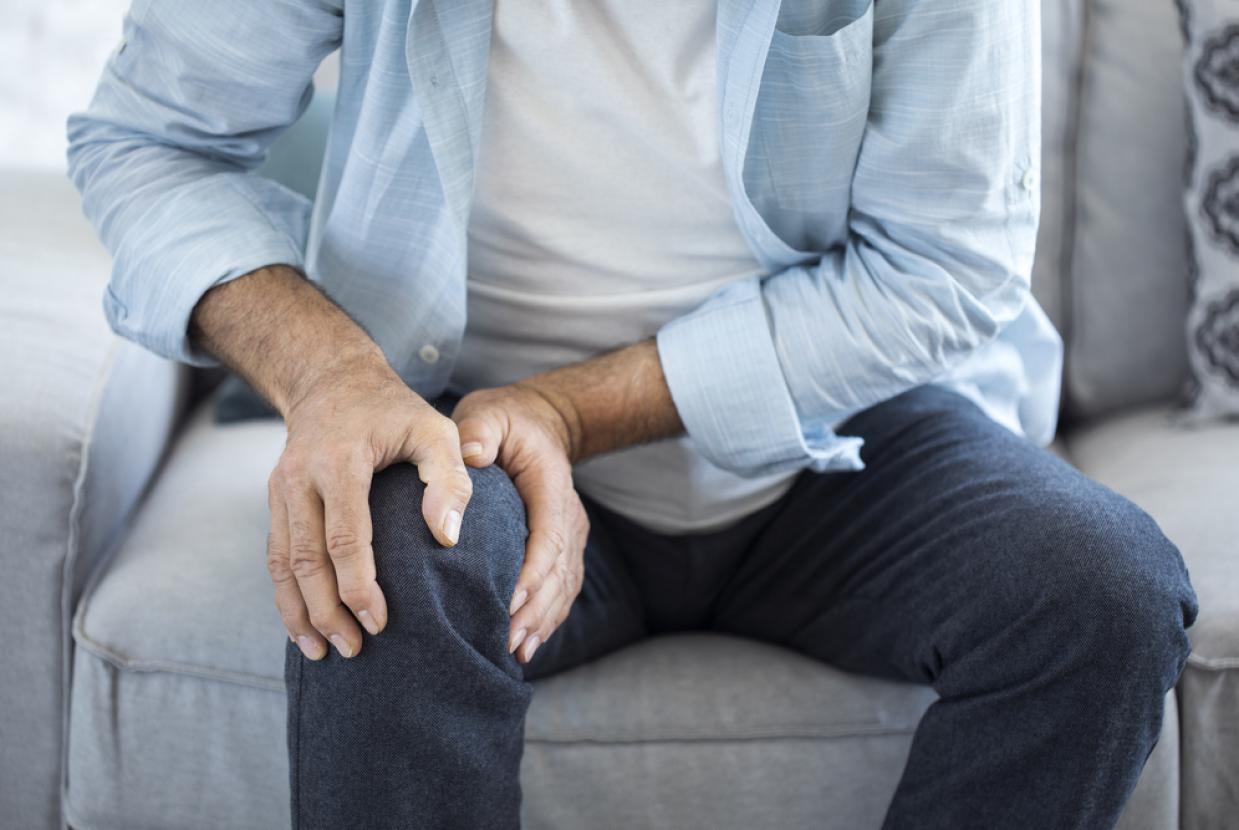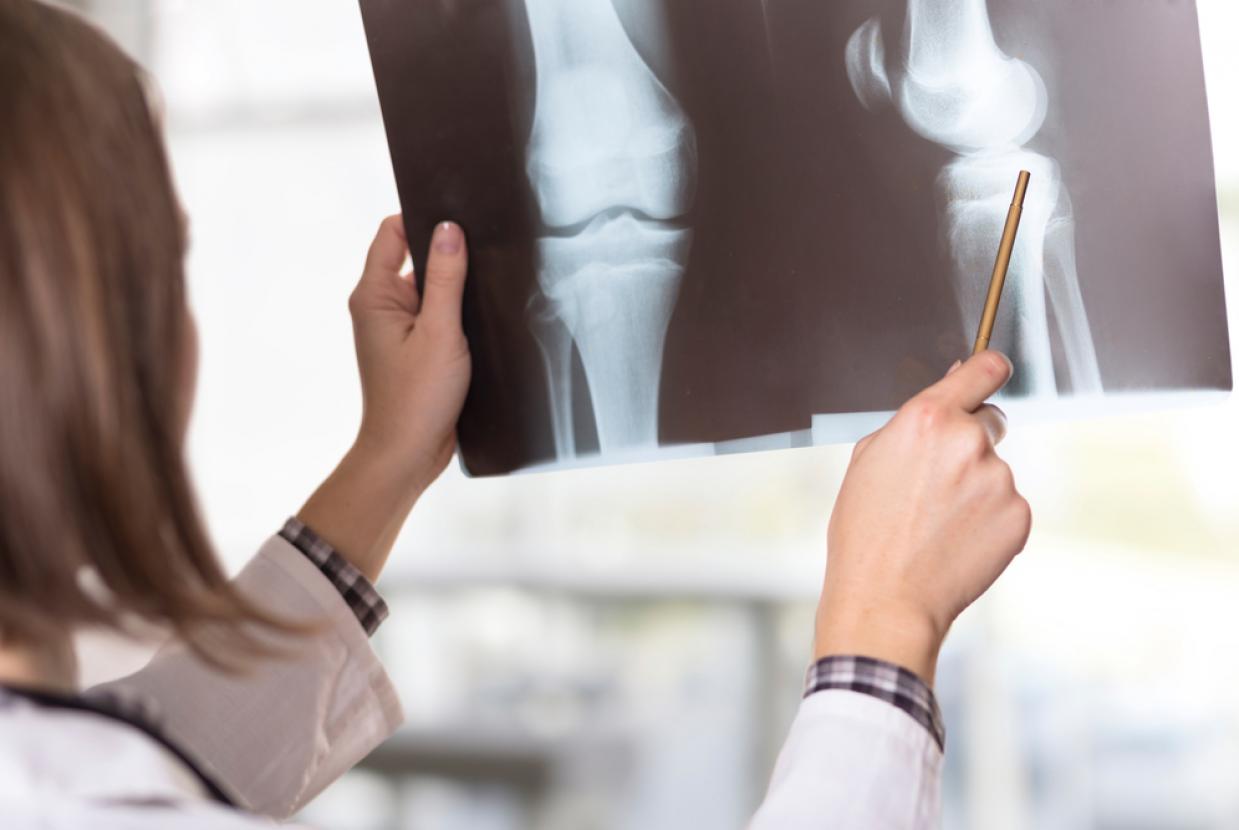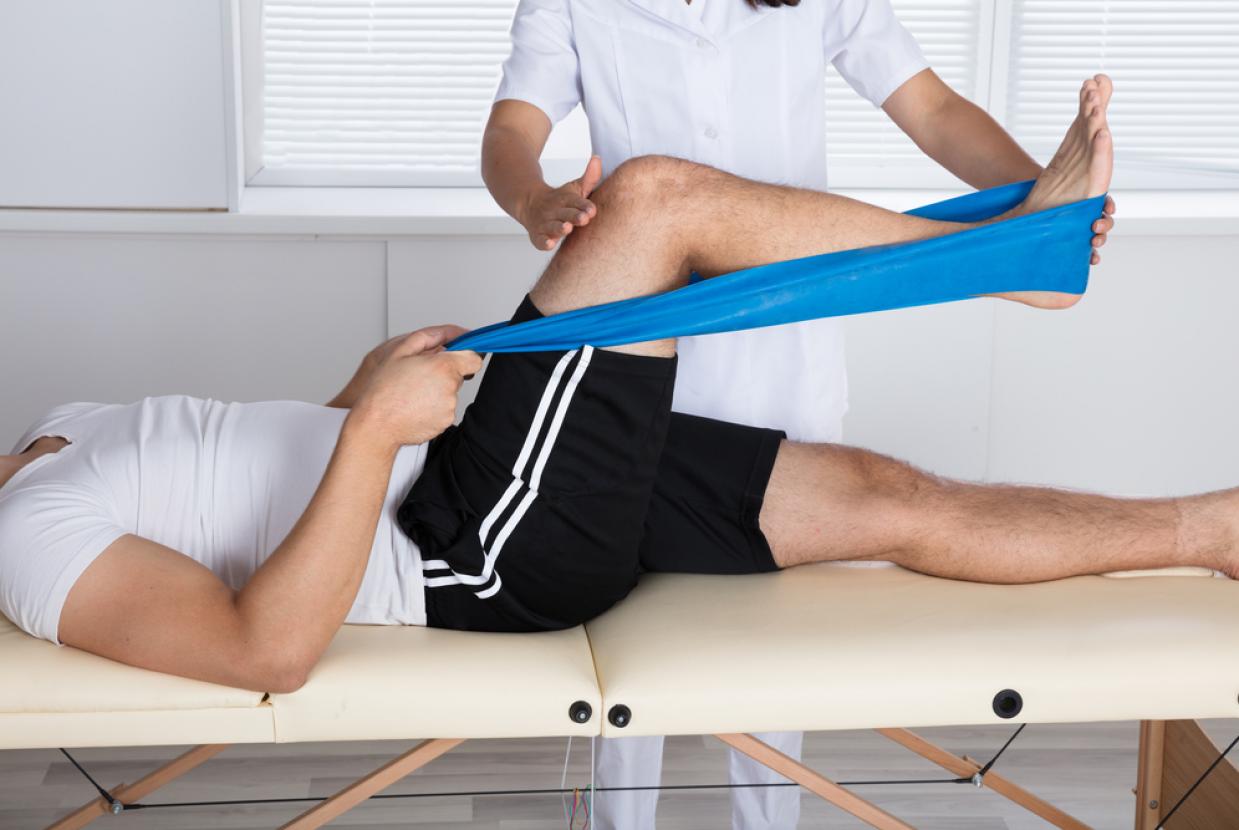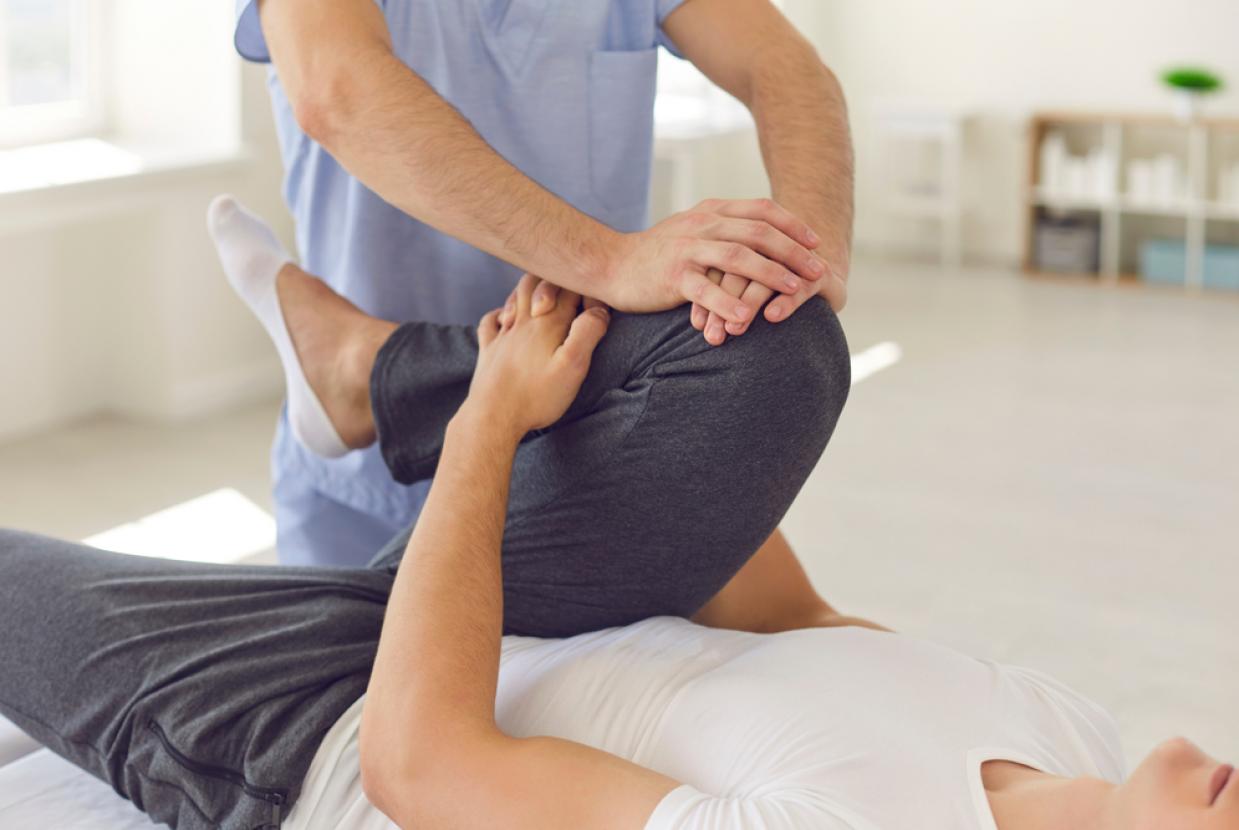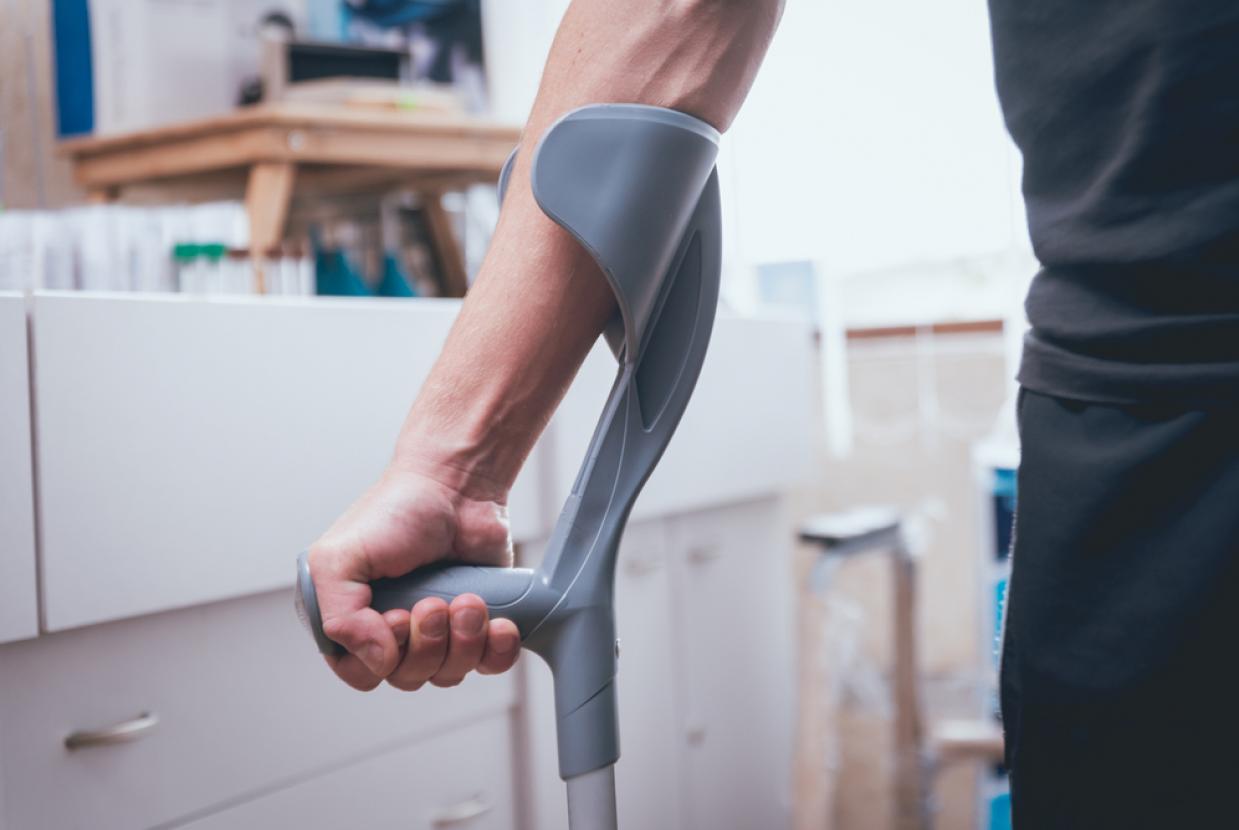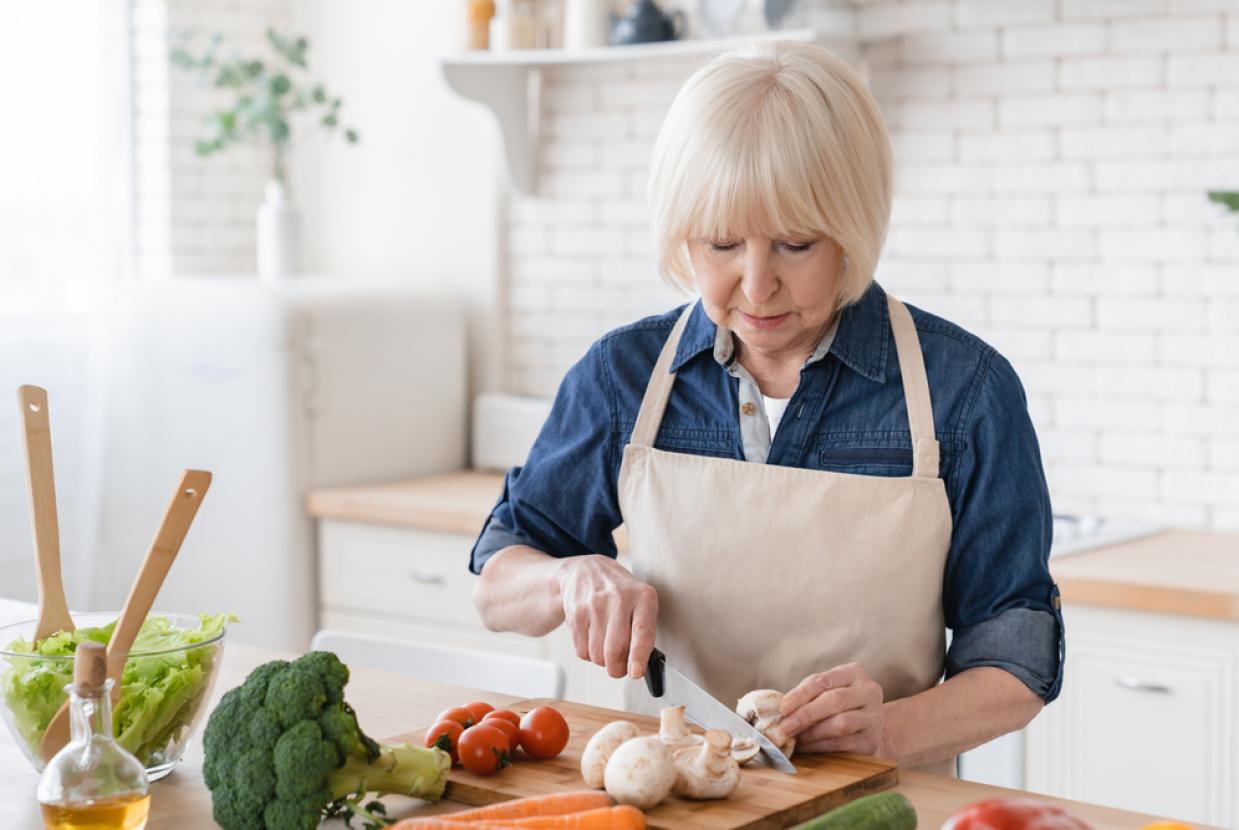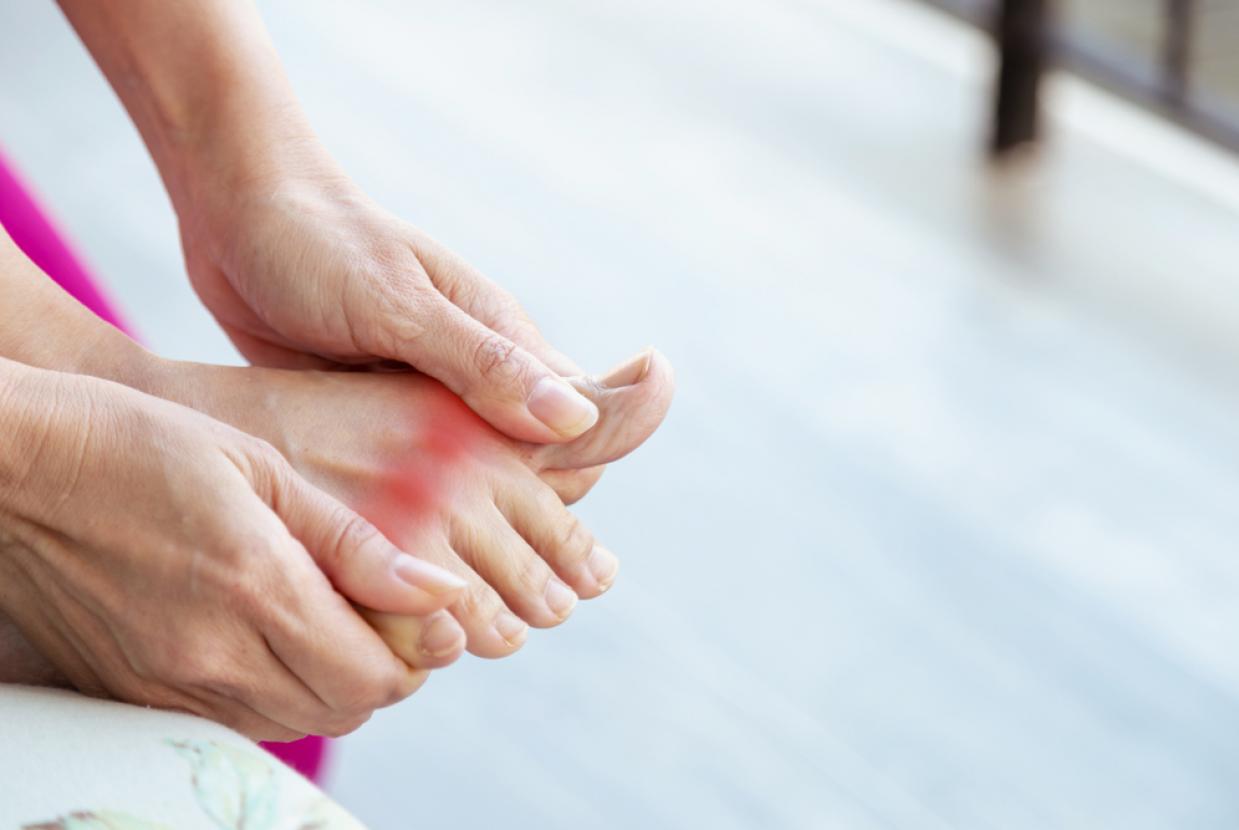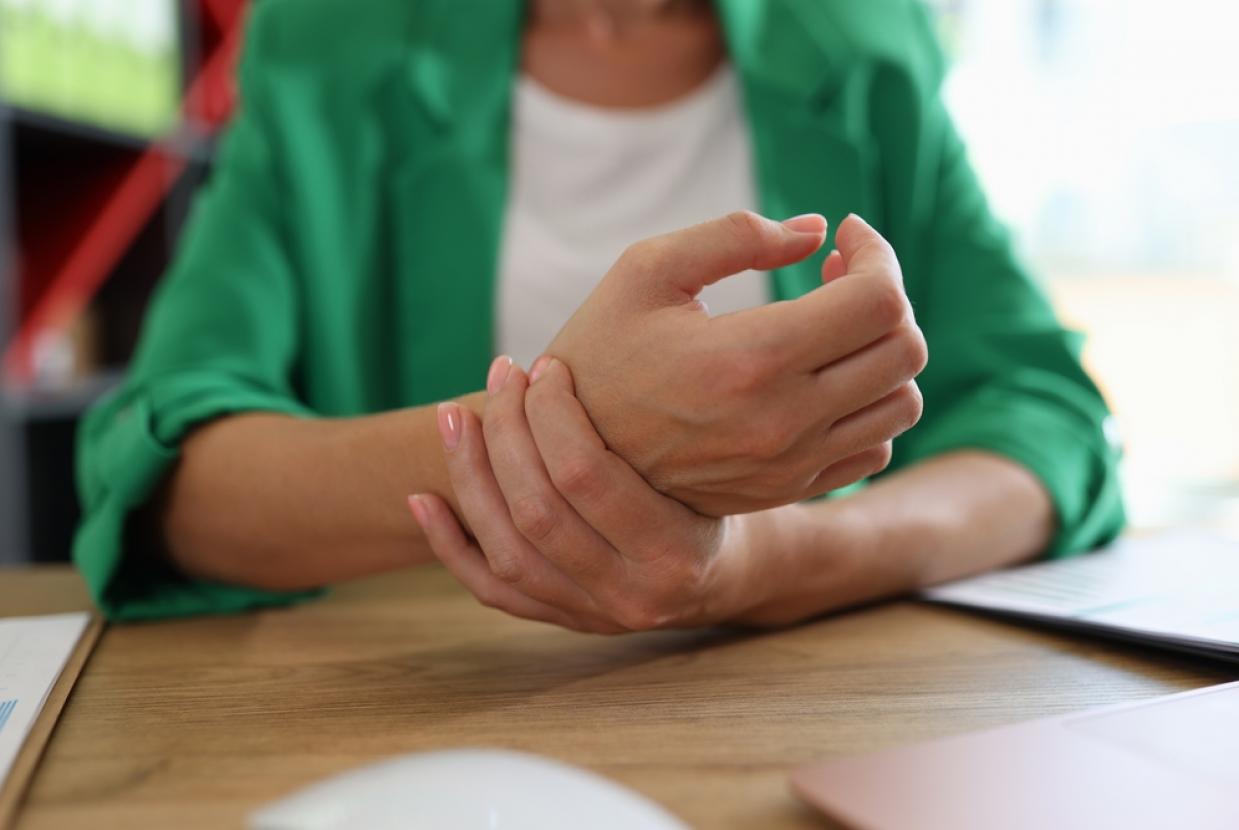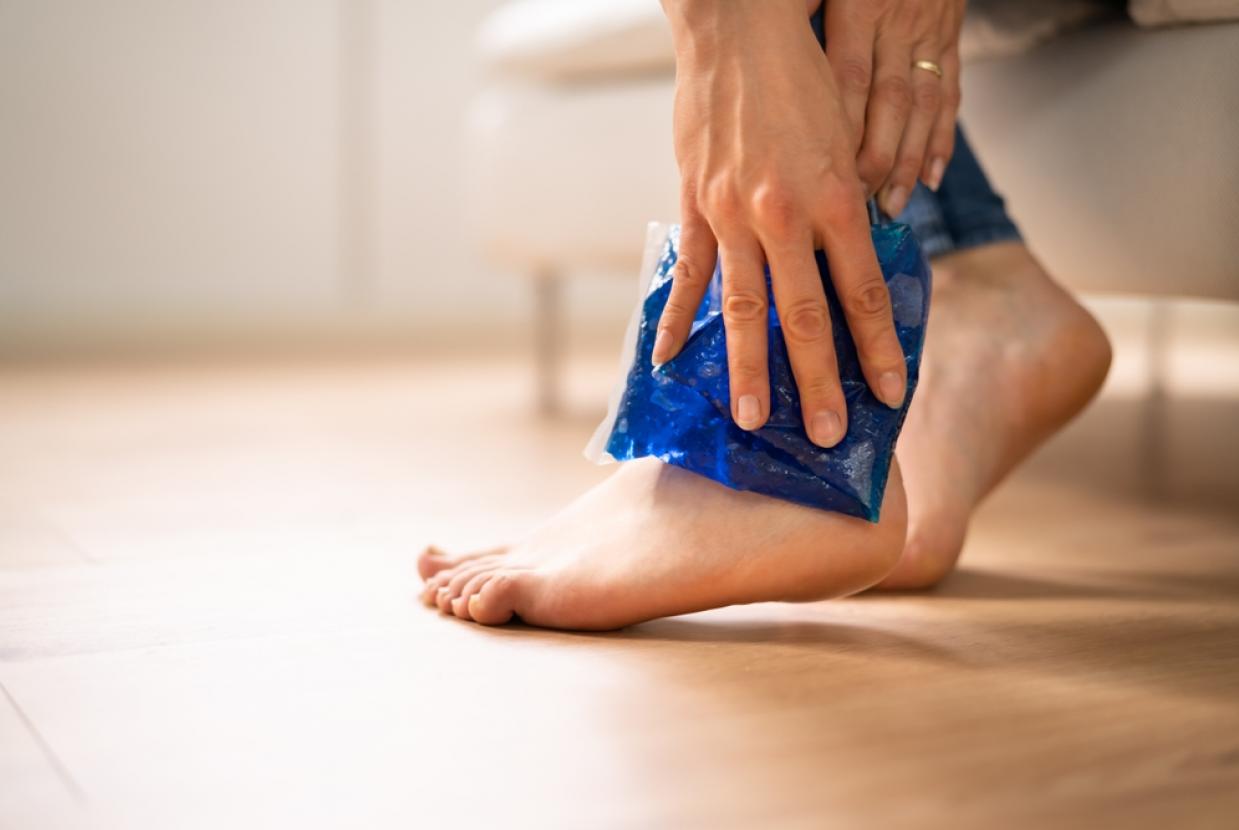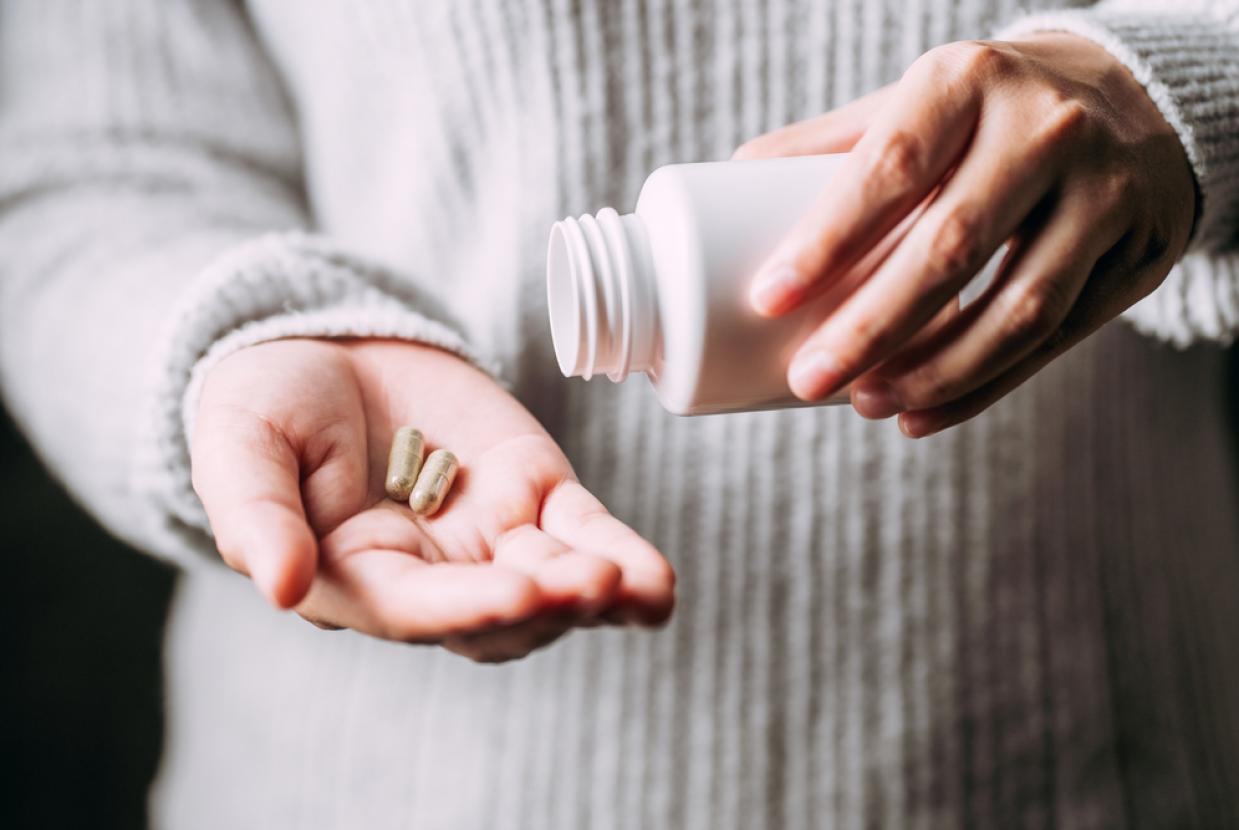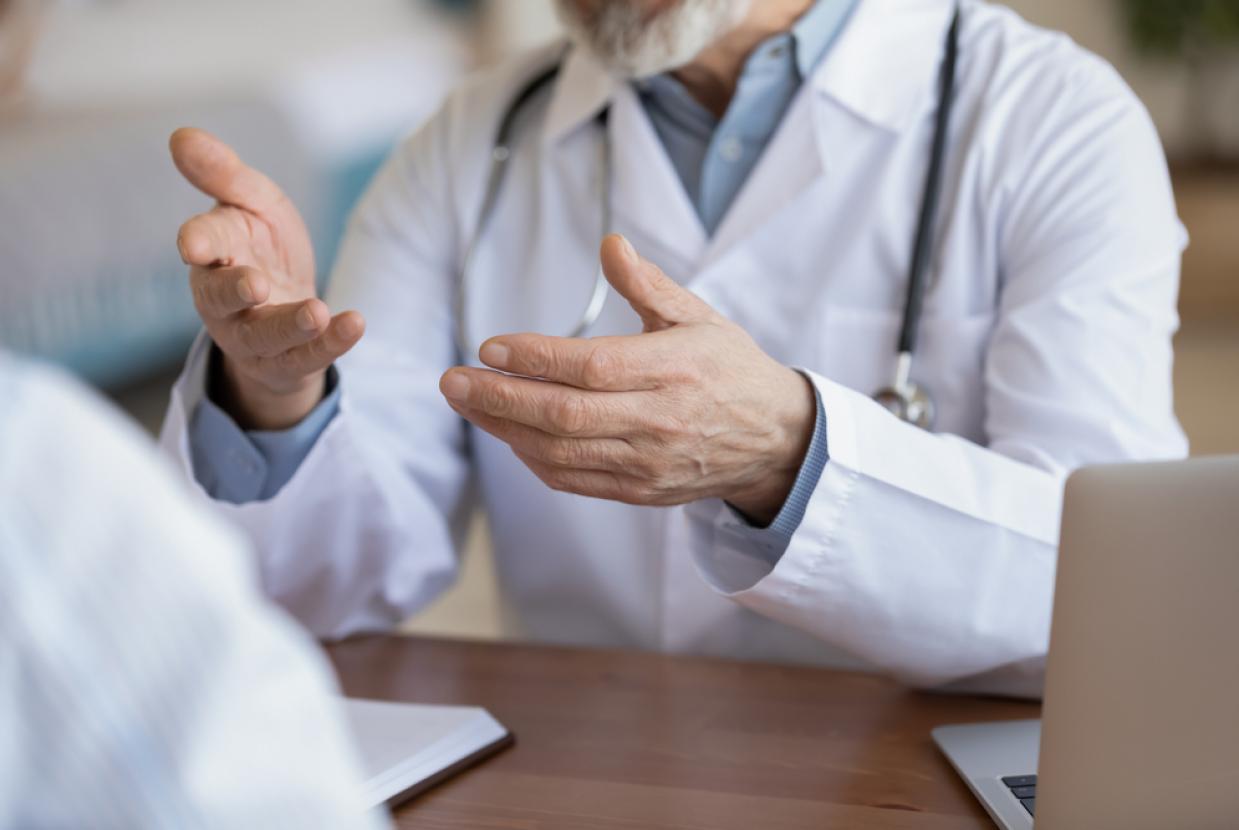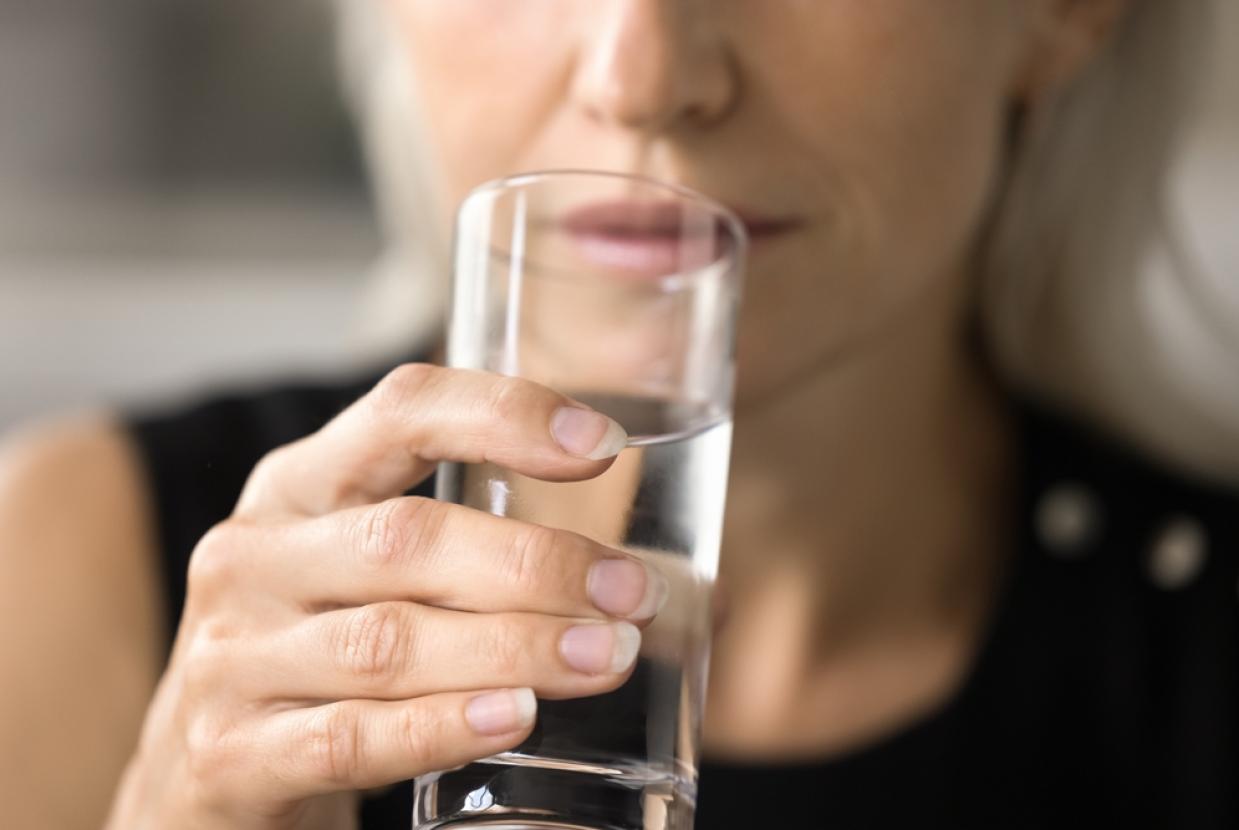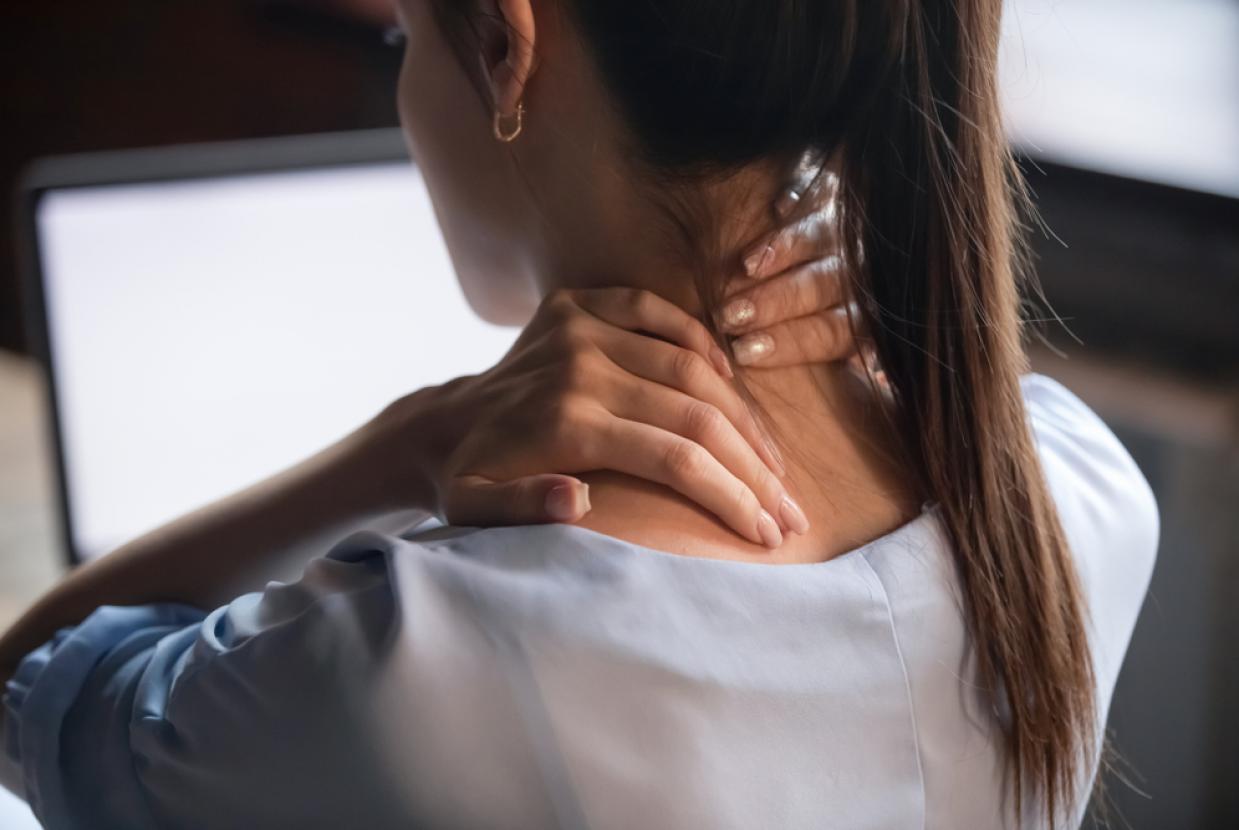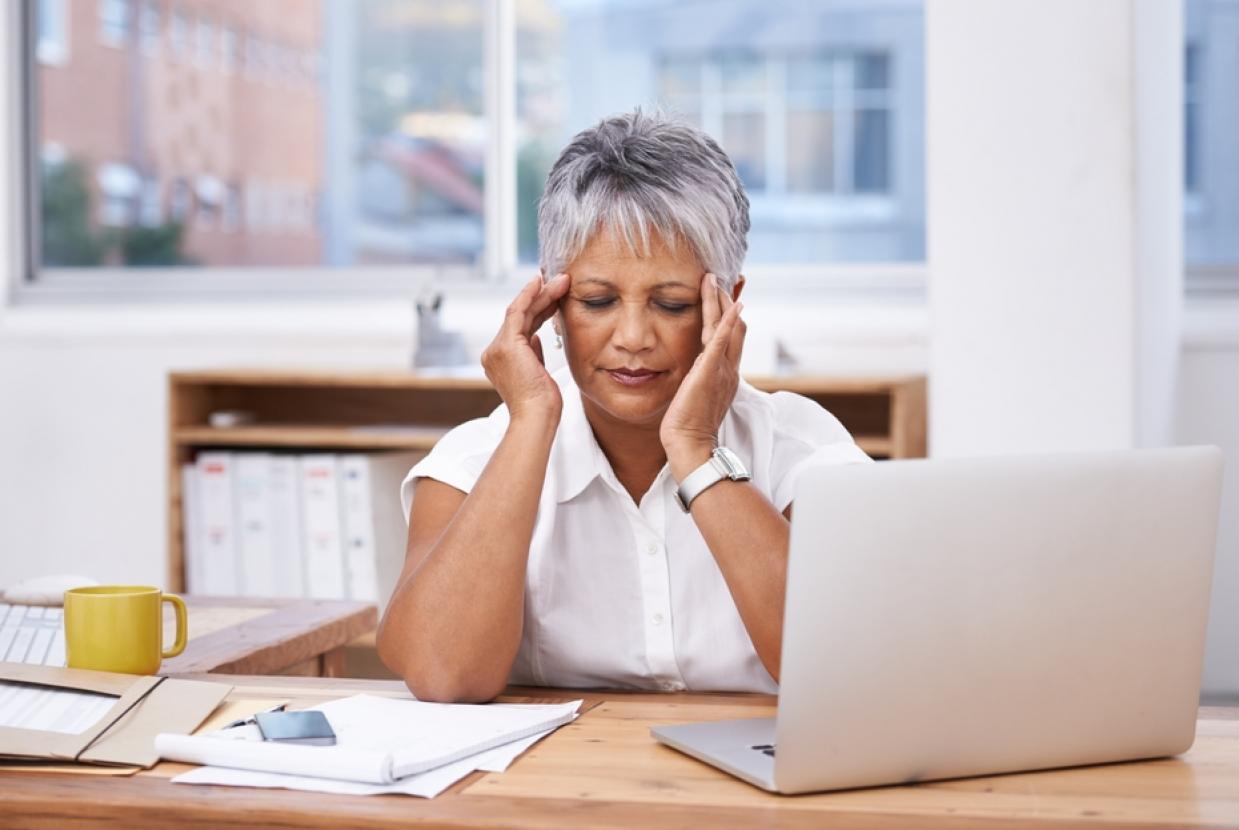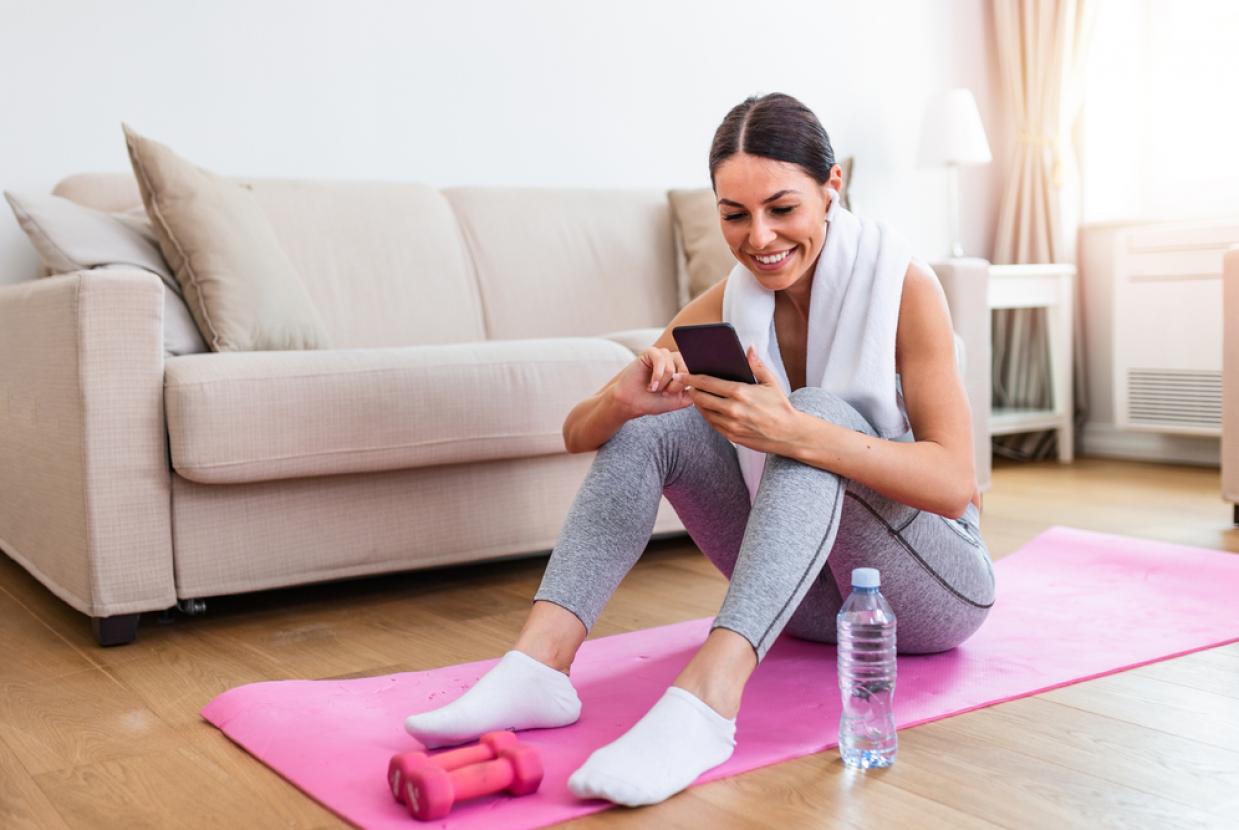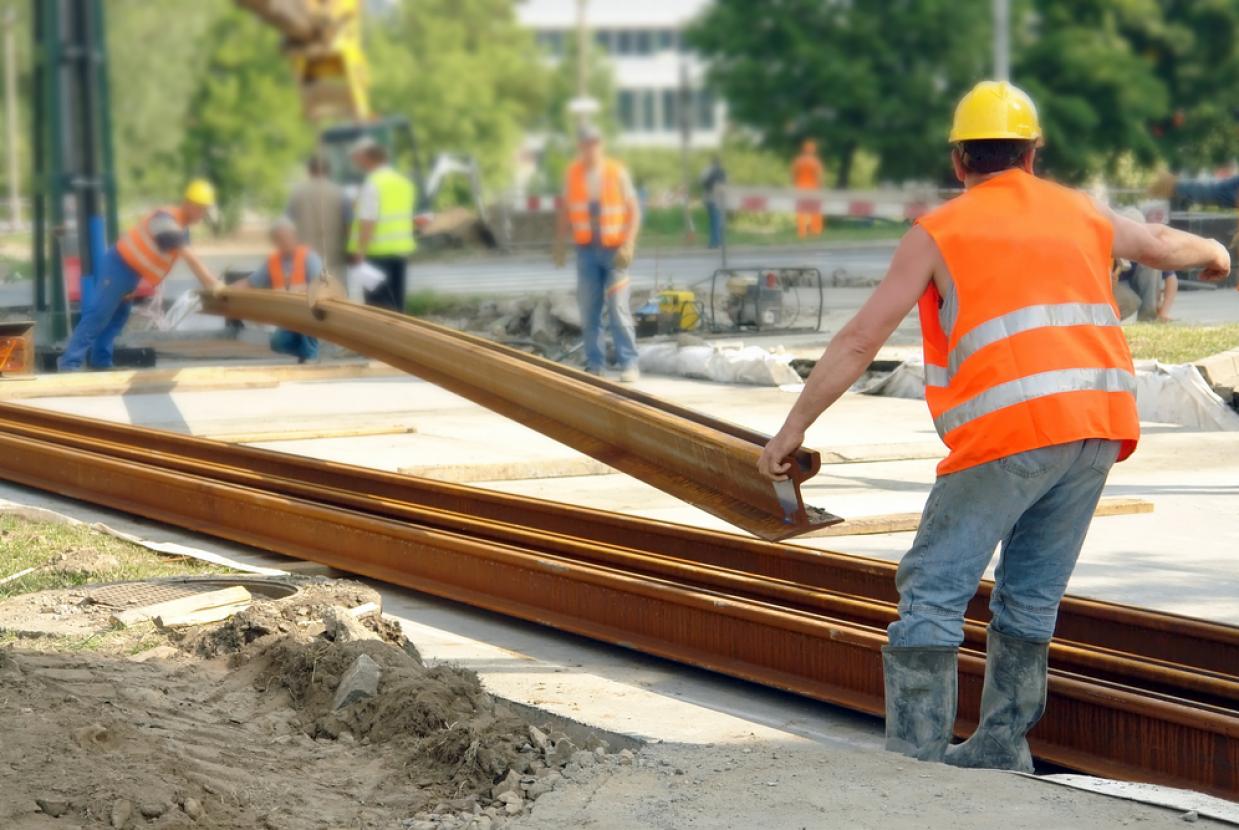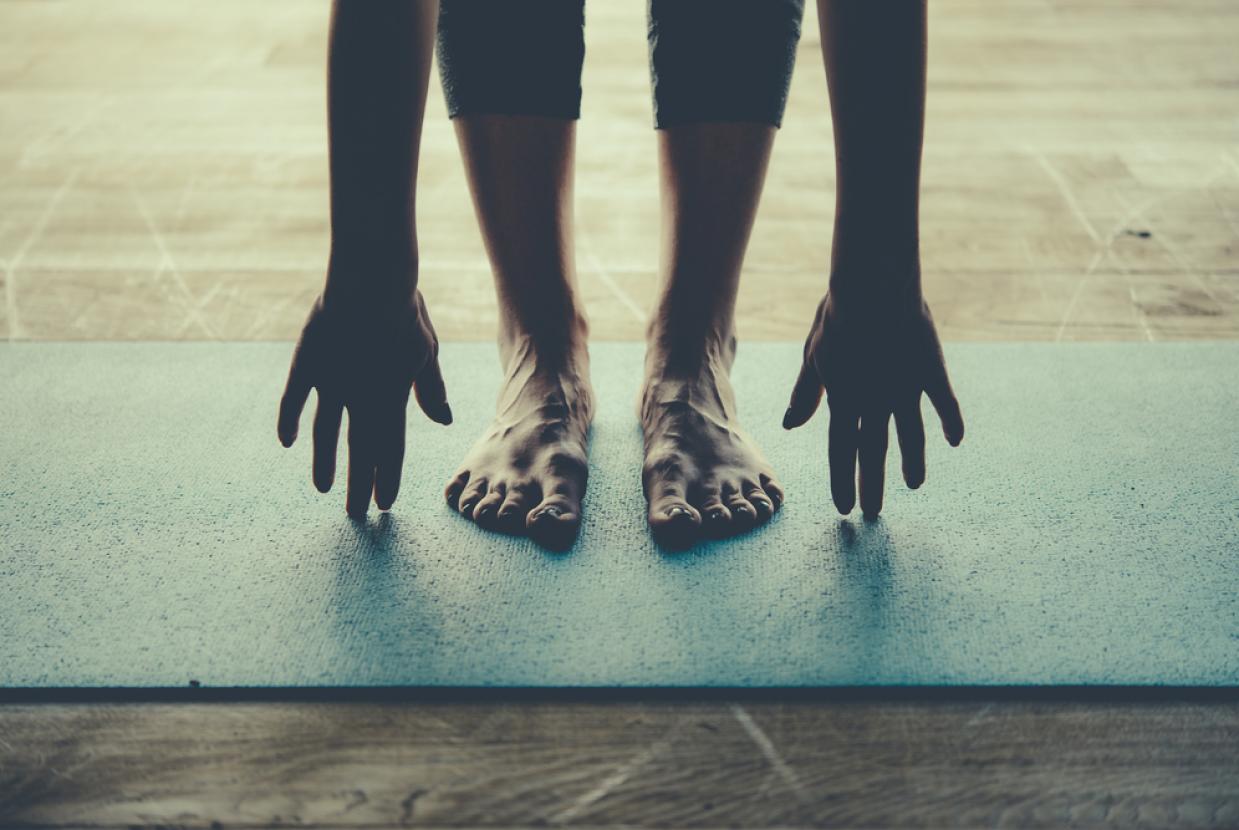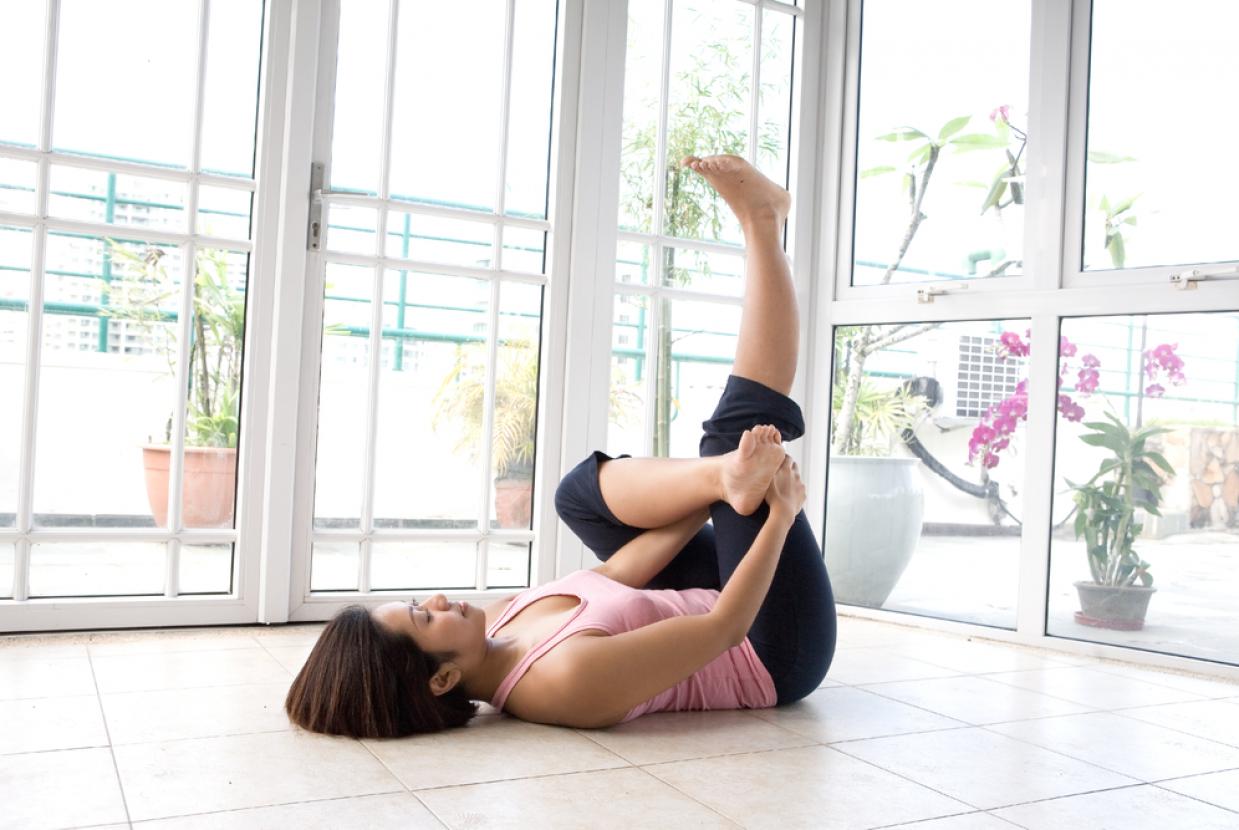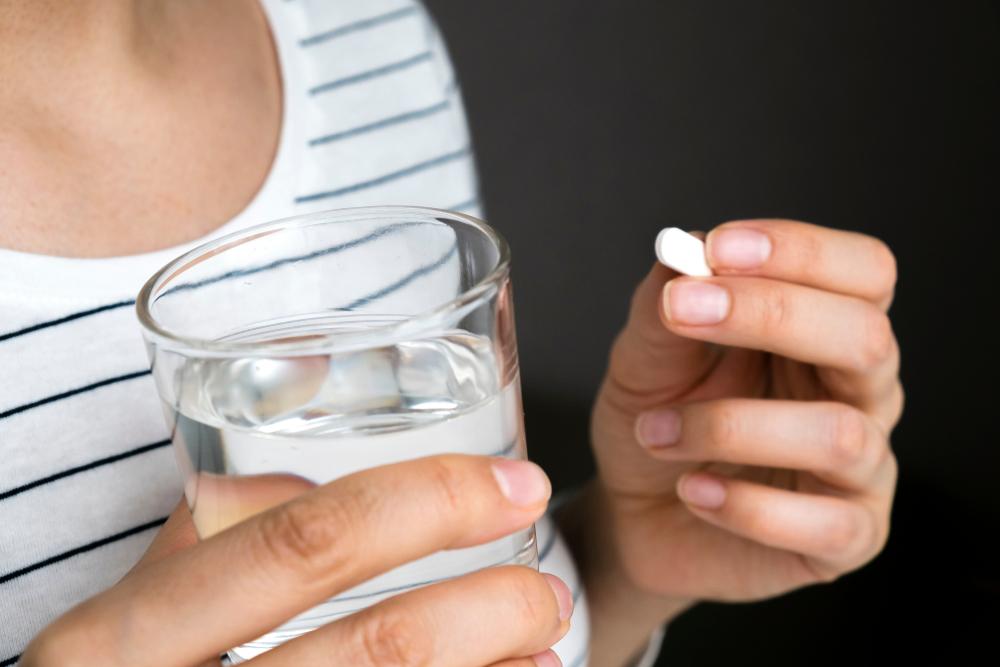Could My Knee Pain Be Arthritis?
Arthritis/Back Pain/Joint PainHaving sore knees is common and isn’t usually a sign of anything serious. There are many possible causes, which can range from a simple muscle strain or tendonitis, to some kind of arthritis. Sometimes a cause can’t be found.
Knee pain can often be treated at home and you should start to feel better after a few days. As you age, getting knee pain may become more common. You’re also more at risk of getting knee pain if you are overweight. Knee pain may sometimes be the result of a sports or other injury.
Causes
Knee injuries
Sprains, strains and tears are all types of knee injury. These can be caused by sports injuries, but you don’t have to be sporty to have this type of knee pain.
Tendonitis
Sore or painful knees can be a sign of tendonitis. This is when a tendon swells up and becomes painful - for example, after an injury.
Osgood-Schlatter's disease
This is a condition that can affect children and young people. In Osgood-Schlatter’s disease, the bony lump below your knee cap becomes painful and swollen during and after exercise.
Patellofemoral pain syndrome
This is a common knee problem, that particularly affects children and young adults. People with patellofemoral pain syndrome usually have pain behind or around the kneecap.
Pain is usually felt when going up stairs, running, squatting, cycling, or sitting with flexed knees. Exercise therapy is often prescribed for this condition.
Could my knee pain be arthritis?
Knee pain can develop gradually over time, might come on suddenly, or might repeatedly come and go. Whatever pattern the pain has, it is most often not due to arthritis, but might be in some people.
Osteoarthritis is the most common type of arthritis. It can affect anyone at any age, but it is most common in people over 50. If you have osteoarthritis of the knee, you might feel that your knee is painful and stiff at times. It might affect one knee or both.
The pain might feel worse at the end of the day, or when you move your knee, and it might improve when you rest. You might have some stiffness in the morning, but this won’t usually last more than half an hour.
Pain from osteoarthritis might be felt all around your knee, or just in a certain place, such as the front or side. It might feel worse after moving your knee in a particular way, such as going up or down stairs.
Managing symptoms
Balancing rest and exercise
During the first 24 to 48 hours after your knee problem has started, you could:
- rest your knee, but avoid having long periods where you don’t move at all
- when you are awake, move your knee gently for 10 to 20 seconds every hour.
After 48 hours:
- Try to use your leg more, as exercise can help with long-term pain.
- When going upstairs, lead with your good leg. Use the handrail, if there is one.
- When going downstairs, lead with your sore leg. Use the handrail, if there is one.
- Try to stick to your normal routine, if you can, as this can help your recovery. This includes staying at, or returning to, work.
Avoid heavy lifting until your pain has gone down and you have good range of movement in your knee.
Weight management
Carrying extra body weight makes it more likely that you will get joint pain in the first place. If you have joint pain already, being overweight can make it worse. Losing even a small amount of weight can make a big difference to knee pain.
Heat/ice packs
Heat is an effective and safe treatment for most aches and pains. You could use a wheat bag, heat pads, deep heat cream, hot water bottle or a heat lamp.
Gentle warmth will be enough – there is a risk of burns and scalds if the item is too hot. You should check your skin regularly, and you should try to place a towel between the item and your skin.
Ice
Many people find that ice is helpful when used to manage short-term knee pain. Ice packs can be made from ice cubes placed in a plastic bag, or wet tea towel. You could also use a bag of frozen peas, or buy a ready-made pack from a pharmacy.
Ice can be left on for 20 to 30 minutes – if it is left on for longer, there is a risk of damaging the skin. This can be repeated every 2 to 3 hours.
Suitable footwear
Examples include sensible shoes and arch supports if you have flat feet.
Painkillers
Paracetamol
If you need a painkiller, you might take paracetamol regularly, for a few days.
Non-steroidal anti-inflammatory drugs – tablets
These can help with pain, inflammation and swelling. There are many types and brands. Some, such as ibuprofen, don’t need a prescription. This means you can buy them over the counter, at supermarkets and pharmacies.
Other types of anti-inflammatory painkillers do need a prescription. NSAIDs carry a number of potential side effects, so you should ask your doctor or pharmacist if they are suitable for you before taking them. You can also read the patient information leaflet that comes in the packet.
Non-steroidal anti-inflammatory drugs – rub-on painkillers
These are also called topical painkillers. Some can be bought over the counter, at pharmacies, while others need a prescription. It is unclear whether rub-on anti-inflammatory painkillers work better than tablets. However, the amount of the medication that gets into your bloodstream is much less with rub-on painkillers, and there is less risk of side effects.


